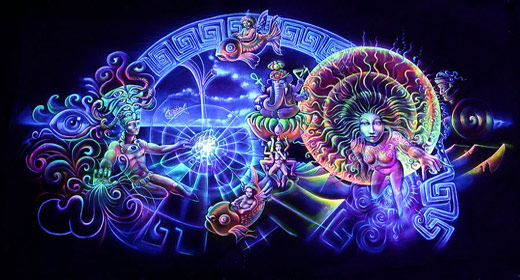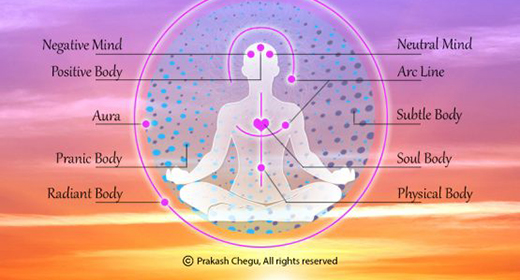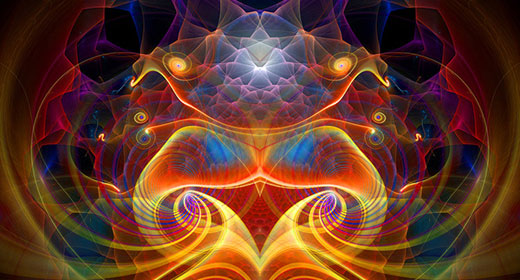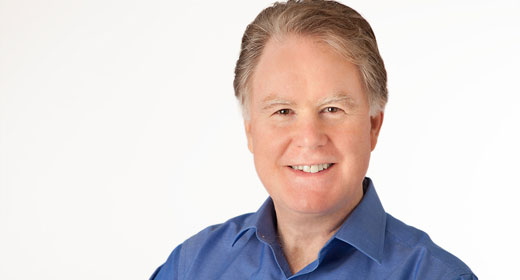God is a metaphor for a mystery that absolutely transcends all categories of human thought . . . . It’s as simple as that. –Joseph Campbell.
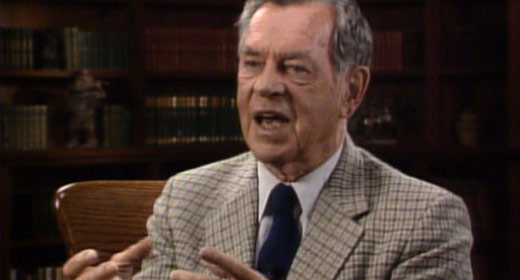 In 1910 or thereabouts, Joseph Campbell was an enchanted spectator when Buffalo Bill Cody’s Wild West Show galloped into New York City and shot up the town.
In 1910 or thereabouts, Joseph Campbell was an enchanted spectator when Buffalo Bill Cody’s Wild West Show galloped into New York City and shot up the town.
Decades later, he was equally enthralled by an astronaut’s account of floating between the Earth and the sun.
Between these rowdy and sublime events, Campbell became a famous scholar of mythology whose many books–including “The Hero With a Thousand Faces,” “The Way of the Animal Powers,” “Myths to Live By”–have had a powerful impact on popular culture, perhaps most notably as the inspiration for the saga of Luke Skywalker, the hero of George Lucas’ “Star Wars” movies.
Career Spent on the Gods
Appropriately, the essential Campbell has been put on film as “The Hero’s Journey: The World of Joseph Campbell’–an hourlong survey of a career spent on “the natural history of the gods” and the tales men have created to explain the mysteries of life.
The movie–with “Star Wars” footage and sound track by members of Campbell’s favorite rock group, the Grateful Dead–will premiere here Friday at a benefit for the Hermes Society, a private education and arts organization. Campbell, who is 83 and lives in Hawaii, is scheduled to attend and participate in a panel discussion.
In a telephone interview from Honolulu, Campbell discussed his work and lamented the decline of mythology as a positive force for individuals and societies. Campbell contends “there is no mythology today, there’s only money.” But he as firmly maintains that a new, global myth eventually will arise.
“People ask what is the next myth,” Campbell said. “You can no more predict the coming mythology–and it’s got to come–than you can predict tonight’s dream. . . . But the themes that myths have to deal with don’t change, and those themes are human life–the transformation of childhood into adulthood, the psychology of dependency transformed into one of self-responsible judgment and action. And then the whole business of passing away instead of lasting forever.
“You see what’s happening–it’s almost as if people were in fear of what one might call the free fall into the future. They’re pulling back into small groups. (World) Society is being looked upon as a concatenation of different societies. Economically, however, the world is now one space, there’s no doubt about it. And so, in fact, it’s one society–and all this hanging on to our family and our little bunch of ideals against that one over there, that’s got to go . . . The function of myth is to pull you into accord with the rhythm of the universe.”
Campbell–a surfer and world-class runner in his college days at Columbia University–taught comparative mythology at Sarah Lawrence College for 38 years before retiring in 1972. He traces his interest in this somewhat arcane discipline to when he was 5 and was first swept up by Indian tales of mystical journeys and talking buffaloes who married maidens.
A Big Disappointment
“I thought I was an American Indian until I was 6, and it was one of the big disappointments of my life finding that I couldn’t be one,” he said.
In his many books, including the 40-year-old “The Hero With a Thousand Faces” that sparked Lucas’ creativity and still sells 10,000 copies a year, he stresses the similarities in myths despite their origins in different cultures, on different continents and in different eras. In fact, the Lucas trilogy retains a central Campbell idea–that the hero who goes on a quest or search, who grows spiritually while having many adventures and who eventually achieves his goal is a universal symbol, or archetype, present in the myths of many civilizations and cultures.
Another example of universal myth often cited by Campbell is virgin birth, which occurs in “practically every mythology I know,” he says. (For instance, Campbell writes in his book “Primitive Mythology” that the pantheon of Mexico’s Aztec Indians included a god, Quetzalcoatl, who was the son of a virgin mother, Chimalman.)
“The virgin birth has nothing to do with a biological accident,” Campbell explained. It symbolizes instead, he said, “the awakening of spiritual life in the human animal. It’s a mythic symbol. It should not be read, finally, as historical fact. All mythology is misread when it is read as referring to historical events or geographical places. The Promised Land is not a piece of land to be conquered by military might; it is a condition of the heart.”
Campbell is troubled by the tendency of many people he encounters to interpret mythology as either a fact or an outright lie.
Mythology, by Campbell’s definition, is a collection of metaphors, or “an organization of symbolic images and narratives metaphorical of the possibility of human experience and fulfillment in a given culture at a given time.”
Theists and Atheists
He added, “Half of the people in the world think the reference of a metaphor is a fact . . . The other half of the world knows that it’s a lie. So we have people who believe in God as a fact and people who believe that he’s not a fact. So you have theists and atheists.
“The real position,” Campbell believes, “is to realize that the word God is metaphorical of a mystery and the mystery is absolutely beyond all human comprehension. The first thing to know when you’re dealing with these symbolic forms is that the ultimate reference is beyond all categories of human thought.”
Human beings cope with matters beyond their comprehension by placing their myths in the local landscape so that “the whole landscape is turned into an icon of divinity,” Campbell has said, citing the Indians of the Southwest as an example.
“By mythologizing all the little figures, all the little animals in their desert, the Navajo have turned their land into a holy land,” he said, noting that followers of many of the world’s major religions don’t have that advantage. “One of the problems in our (Western) world is that the sacred texts put the holy land somewhere else,” he said.
Campbell believes that myths often are created out of primary human experience with the inexplicable.
” . . . there are certain mysteries that everybody, insofar as he is susceptible to the experience of mystery, must experience,” he explained. “I guess the shocker is when somebody you love dies. Where did he go? The body was alive, it was moving, it was warm. Something has left. Now, normally, we think when something leaves, it goes somewhere. So one of the first images (in mythology) is the mystery of death. The counterpart of that is the mystery of birth. Here we come, there we go . . . .”
Everyday Encounters
In both lectures and interviews Campbell is known as a relaxed and humorous man who often uses his everyday encounters to illustrate his viewpoint.
In one such story, Campbell recalled that as he emerged from a banquet he was approached by a member of a religious cult who asked, “Do you believe in God?” Campbell replied, “Young man, I don’t think you know the implications of that question. I’m acquainted with hundreds of gods. (But) I think I know the one you’re talking about. I believe in Him, too.”
The cultist then asked, “Sir, are you an atheist?” and Campbell replied, “I don’t think you can call a person an atheist who believes in as many gods as I do.”


